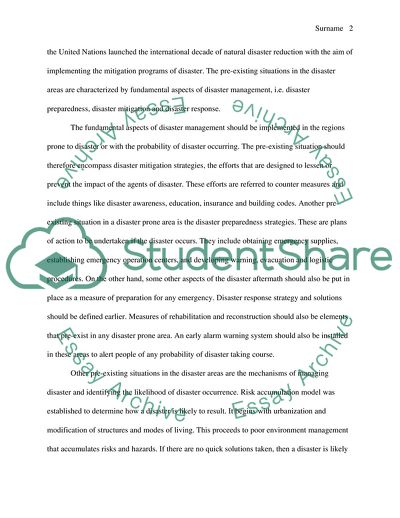Cite this document
(Analytical framework for analyzing disaste Essay Example | Topics and Well Written Essays - 1250 words, n.d.)
Analytical framework for analyzing disaste Essay Example | Topics and Well Written Essays - 1250 words. https://studentshare.org/environmental-studies/1771400-analytical-framework-for-analyzing-disaste
Analytical framework for analyzing disaste Essay Example | Topics and Well Written Essays - 1250 words. https://studentshare.org/environmental-studies/1771400-analytical-framework-for-analyzing-disaste
(Analytical Framework for Analyzing Disaste Essay Example | Topics and Well Written Essays - 1250 Words)
Analytical Framework for Analyzing Disaste Essay Example | Topics and Well Written Essays - 1250 Words. https://studentshare.org/environmental-studies/1771400-analytical-framework-for-analyzing-disaste.
Analytical Framework for Analyzing Disaste Essay Example | Topics and Well Written Essays - 1250 Words. https://studentshare.org/environmental-studies/1771400-analytical-framework-for-analyzing-disaste.
“Analytical Framework for Analyzing Disaste Essay Example | Topics and Well Written Essays - 1250 Words”. https://studentshare.org/environmental-studies/1771400-analytical-framework-for-analyzing-disaste.


